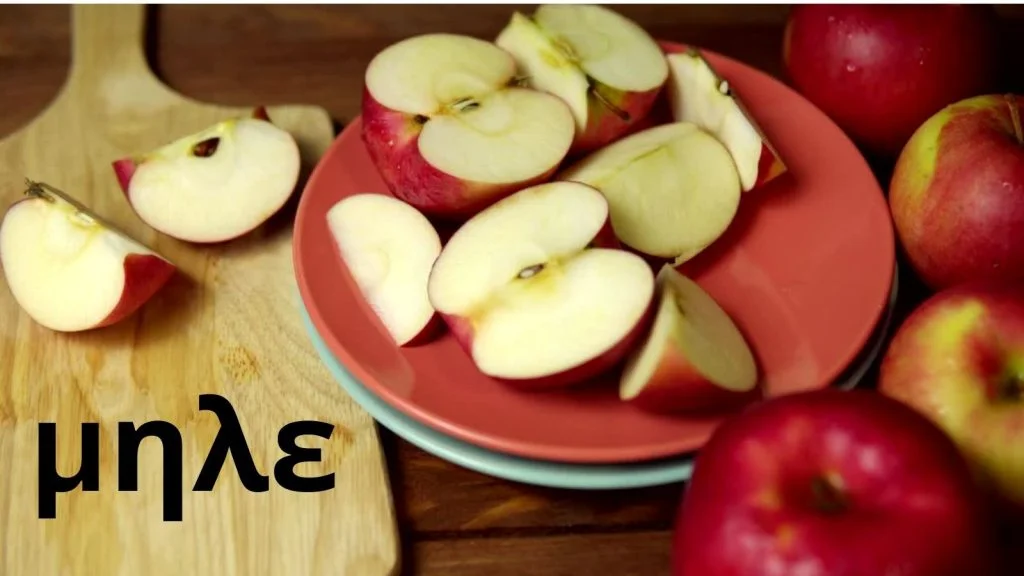Introduction
In the world of gastronomy, where tastes and trends constantly evolve, some dishes manage to retain their timeless appeal while adapting to modern culinary landscapes. One such dish is “Dönrt,” a name that may not immediately ring a bell but represents a fusion of tradition and innovation, offering a delightful experience for food lovers. In this article, we will explore the origins of Dönrt, its cultural significance, how it has evolved over time, and why it has become a favorite in both traditional and contemporary kitchens.
The Origins of Dönrt
Dönrt, as the name suggests, is rooted in the concept of “turning” or “rotating” cooking methods, reminiscent of the popular Turkish dish, Döner Kebab. The term “Dönrt” itself is derived from a blend of regional dialects and culinary terms, symbolizing the rotation or turning of ingredients during the cooking process. This dish finds its origins in the heart of Anatolia, where nomadic tribes developed a unique way of preparing meat by slowly cooking it over an open flame, allowing the flavors to intensify and the meat to become tender and juicy.
The origins of Dönrt can be traced back to the early Ottoman Empire, where it was considered a luxury dish served during special occasions and feasts. The traditional preparation involved marinating the meat in a blend of spices, yogurt, and herbs, before it was skewered and slowly roasted. The rotating spit, a crucial element in the preparation of Dönrt, ensured that the meat was evenly cooked, while also allowing the natural juices to baste the meat, resulting in a flavorful and succulent dish.
Cultural Significance of Dönrt
Dönrt is more than just a dish; it is a symbol of hospitality and community in many cultures. In Turkey and neighboring regions, Dönrt is often associated with large gatherings, family celebrations, and communal meals. The preparation of Dönrt is a social activity, where family members and friends come together to marinate the meat, prepare the accompaniments, and tend to the cooking process.
The cultural significance of Dönrt extends beyond Turkey, as variations of the dish can be found in different parts of the Middle East, Central Asia, and even Europe. Each region has its unique twist on the recipe, incorporating local ingredients and cooking techniques, but the essence of Dönrt remains the same—a celebration of flavor, tradition, and togetherness.
In Turkey, Dönrt is often enjoyed with a variety of accompaniments such as freshly baked flatbreads, rice pilaf, roasted vegetables, and tangy yogurt sauces. The dish is typically served in generous portions, reflecting the culture’s emphasis on abundance and hospitality. It is not uncommon for a large platter of Dönrt to be placed at the center of the table, with everyone encouraged to partake in the meal, fostering a sense of unity and sharing.
Evolution of Dönrt in Modern Cuisine
As with many traditional dishes, Dönrt has undergone a transformation in recent years, adapting to modern culinary trends and dietary preferences. While the traditional method of cooking Dönrt remains popular, chefs and home cooks alike have begun experimenting with new ingredients, cooking methods, and presentations to give the dish a contemporary twist.
One of the most significant changes in the evolution of Dönrt is the incorporation of different types of protein. While lamb and beef were traditionally used, modern versions of Dönrt may feature chicken, fish, or even plant-based alternatives. This shift reflects the growing demand for diverse dietary options and the increasing popularity of vegetarian and vegan diets.
In addition to changes in protein, the marinade and seasoning of Dönrt have also evolved. Contemporary versions may include a variety of international spices, such as harissa, za’atar, or even soy sauce, to create a fusion of flavors that appeal to a global palate. This blending of culinary traditions has allowed Dönrt to transcend its regional roots and become a beloved dish in many parts of the world.
The presentation of Dönrt has also seen a transformation, with chefs experimenting with innovative plating techniques and accompaniments. For example, Dönrt may be served as a gourmet sandwich, wrapped in artisanal bread with a selection of fresh vegetables, pickles, and sauces. Alternatively, it may be presented as a deconstructed dish, with the various components artfully arranged on a plate to showcase the quality and freshness of the ingredients.
The Rise of Dönrt in Street Food Culture
One of the most exciting developments in the story of Dönrt is its rise in street food culture. In cities around the world, food trucks and street vendors have embraced Dönrt as a versatile and crowd-pleasing option. The portability of Dönrt, combined with its bold flavors and satisfying texture, makes it an ideal choice for on-the-go dining.
Street food vendors have taken creative liberties with the traditional Dönrt recipe, offering a range of options that cater to different tastes and preferences. For example, you might find a Dönrt wrap filled with spicy chicken, avocado, and cilantro, or a vegan Dönrt bowl topped with roasted vegetables, quinoa, and tahini dressing. These variations have helped to introduce Dönrt to a wider audience, making it a popular choice for food enthusiasts and casual diners alike.
The popularity of Dönrt in street food culture has also led to the development of Dönrt-inspired fusion dishes, such as Dönrt tacos, Dönrt burgers, and even Dönrt pizzas. These creative adaptations have further cemented Dönrt’s status as a versatile and adaptable dish, capable of satisfying a wide range of culinary cravings.
Dönrt in Fine Dining
While Dönrt has found a home in street food culture, it has also made its way into the realm of fine dining. Chefs at upscale restaurants have recognized the potential of Dönrt as a dish that can be elevated to new heights with the right ingredients, techniques, and presentation.
In fine dining establishments, Dönrt may be prepared using premium cuts of meat, such as Wagyu beef or free-range chicken, and paired with carefully curated sides and sauces. The cooking process is often refined, with an emphasis on precision and attention to detail, ensuring that each bite of Dönrt is a harmonious blend of flavors and textures.
The presentation of Dönrt in fine dining is often a work of art, with the dish carefully plated to showcase the quality of the ingredients and the skill of the chef. Accompaniments such as truffle-infused sauces, heirloom vegetables, and handmade breads may be used to elevate the dish, creating a dining experience that is both luxurious and memorable.
Conclusion
Dönrt is a dish that embodies the best of both tradition and innovation. Its rich history, cultural significance, and adaptability have allowed it to evolve and thrive in the modern culinary landscape. Whether enjoyed in its traditional form, as a street food favorite, or as a gourmet dish in a fine dining setting, Dönrt continues to captivate the palates of food lovers around the world.
As we continue to explore new flavors and culinary trends, Dönrt serves as a reminder of the importance of preserving our culinary heritage while embracing the possibilities of the future. It is a dish that brings people together, celebrating the joy of good food, good company, and the timeless appeal of a well-prepared meal.


